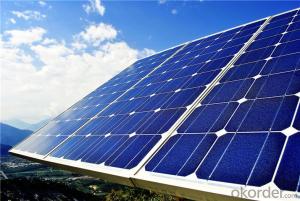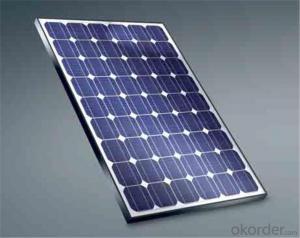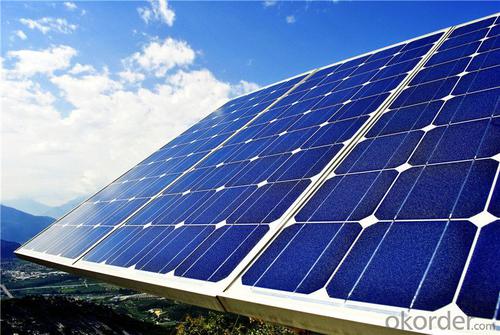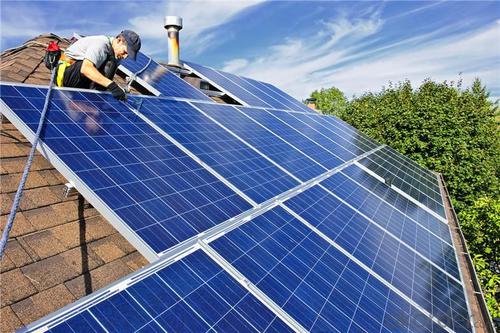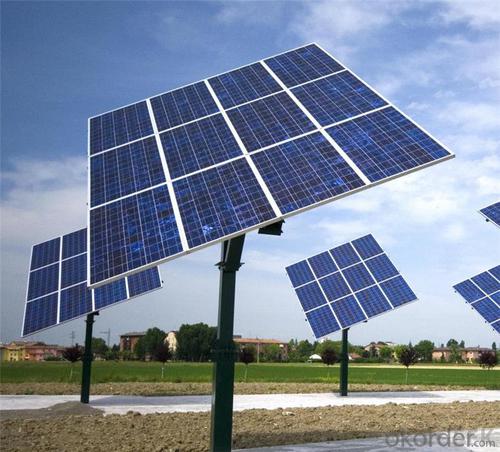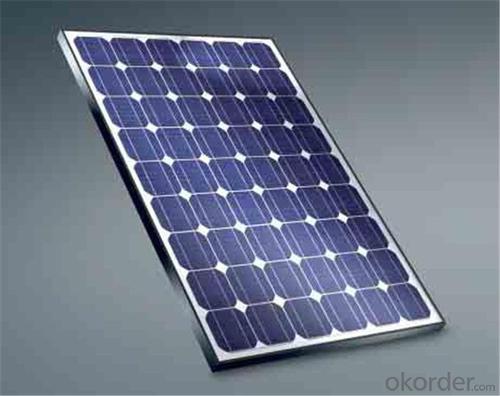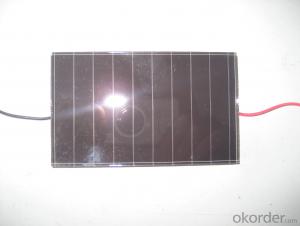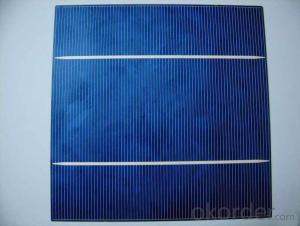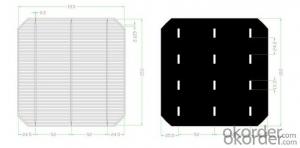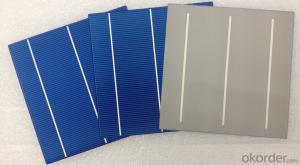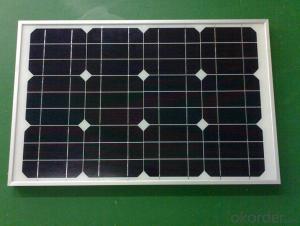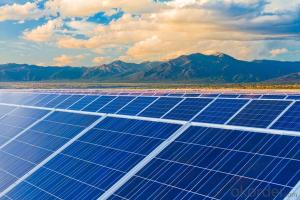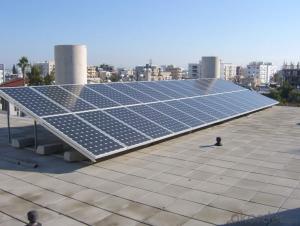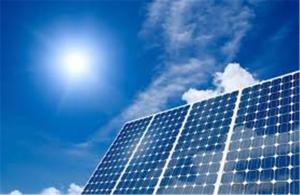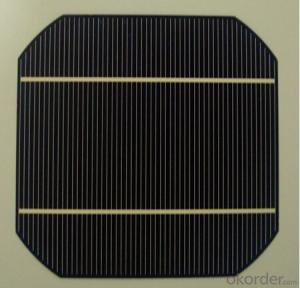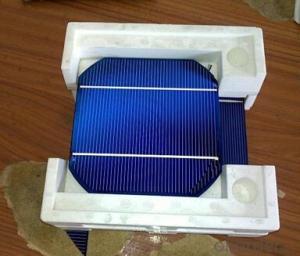245w Wafer-Based Crystalline Silicon Solar Panels for Home Use Solar Power System
- Loading Port:
- China main port
- Payment Terms:
- TT OR LC
- Min Order Qty:
- 10000 watt
- Supply Capability:
- 20000000 watt/month
OKorder Service Pledge
OKorder Financial Service
You Might Also Like
Destription:
Solar panel refers to a panel designed to absorb the sun's rays as a source of energy for generating electricity or heating. A PV module is a packaged, connected assembly of typically 6×10 solar cells. Solar PV panels constitute the solar array of a photovoltaic system that generates and supplies solar electricity in commercial and residential applications.
Main Characteristic
1.Manufactured according to international quality and Environment Management
System (ISO9001, ISO14001)
2. By the high transmittance, low iron tempered glass, anti-aging of the EVA(polyethylene - vinyl acetate), high-performance crystalline silicon solar cells, good Weather resistance TPT (fluoroplastics composite membrane) by pyramid , has a good Weather resistance and anti-UV, hail, water-proof capacity.
3. OEM and customerized package are accepted
4. High efficiency crystalline silicon solar cells
Quality warranty
1.10 years limited warranty on material and workmanship
2. more than 90% power output in 10 years
3. more than 80% power output in 25 years
Product show

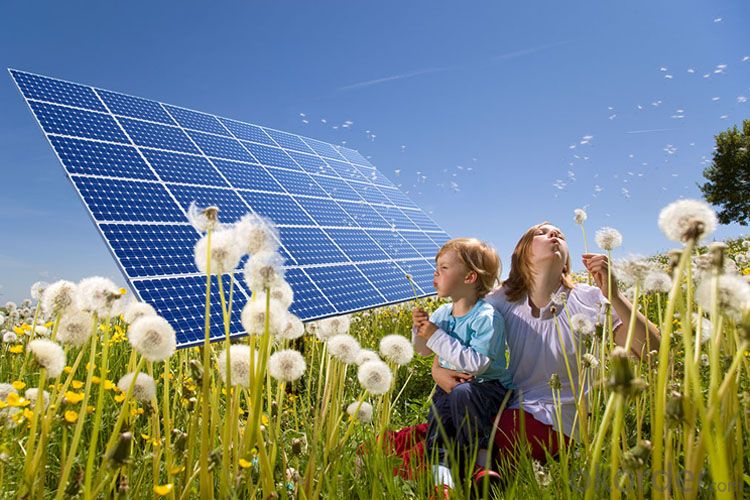
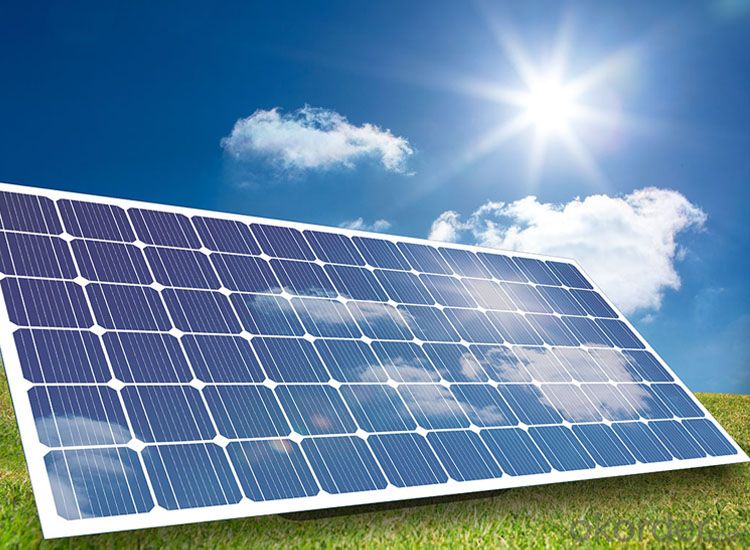


- Q: What is the expected efficiency improvement for bifacial solar silicon wafers?
- The expected efficiency improvement for bifacial solar silicon wafers varies depending on several factors such as the design of the module, installation conditions, and the overall system setup. However, studies have shown that bifacial solar silicon wafers can provide an efficiency improvement of around 10% to 30% compared to traditional monofacial solar panels.
- Q: What is the typical thickness tolerance for a solar silicon wafer?
- The typical thickness tolerance for a solar silicon wafer is around ±10 micrometers.
- Q: How do solar silicon wafers contribute to the overall cost of a solar panel?
- Solar silicon wafers are a significant contributor to the overall cost of a solar panel. They account for a substantial portion of the manufacturing expenses due to the high cost of raw materials and the complex fabrication process involved. The efficiency and quality of these wafers directly impact the efficiency and durability of the solar panel, making them an essential component. Therefore, the cost of solar silicon wafers plays a crucial role in determining the final price of a solar panel.
- Q: How are solar silicon wafers protected from transportation damage?
- Solar silicon wafers are typically protected from transportation damage through various packaging methods. They are often placed between foam sheets or cushioned with protective materials to prevent any physical impact during transit. Additionally, they may be packaged in sturdy boxes or crates, ensuring that they are securely held in place and protected from any potential breakage or damage caused by external forces.
- Q: Geometric parameters and testing of silicon wafer
- Silicon chips have side length 125mm, 156mm, and 125 of the large chamfer diagonal 156mm and small chamfer diagonal 165mm, polycrystalline silicon chip to the side of the 156mm based, diagonal 219.2mm.
- Q: How to calculate the conversion efficiency of monocrystalline silicon
- Solar cell efficiency = (open circuit voltage * short-circuit voltage * fill factor) / (battery area * light amplitude) *100%Light intensity - AM1.5 as the standard, that is 1000W/m2Proportion of dark current - Irev>6 cell ratioThe proportion of low efficiency tablets - the proportion of P156Eff<14.5% batteries
- Q: Can solar silicon wafers be used in off-grid solar applications?
- Yes, solar silicon wafers can be used in off-grid solar applications. These wafers are the key component in solar panels, which convert sunlight into electricity. Off-grid solar systems rely on solar panels to generate power in remote locations or areas without access to the conventional power grid.
- Q: How is a temperature coefficient measured in a solar silicon wafer?
- A temperature coefficient in a solar silicon wafer is measured by subjecting the wafer to different temperature conditions and observing how the electrical output or efficiency of the solar cell changes with temperature. This allows researchers to determine the rate at which the performance of the solar cell is affected by temperature variations.
- Q: What factors contribute to the degradation of a solar silicon wafer?
- There are several factors that can contribute to the degradation of a solar silicon wafer. One of the main factors is exposure to environmental conditions such as humidity, temperature fluctuations, and UV radiation. These conditions can cause the silicon material to degrade over time, leading to a decrease in its efficiency and performance. Another factor is the presence of impurities or defects in the silicon wafer, which can affect its electrical properties and overall functionality. Additionally, improper handling during manufacturing, installation, or maintenance processes can also contribute to the degradation of the solar silicon wafer.
- Q: How are solar silicon wafers protected against corrosion?
- Solar silicon wafers are protected against corrosion through the application of various protective coatings and encapsulation materials. These coatings act as a barrier, preventing moisture, oxygen, and other corrosive elements from reaching the silicon surface. Additionally, the wafers are often encapsulated within a durable and weather-resistant material, such as glass or polymer, which provides an additional layer of protection against corrosion.
Send your message to us
245w Wafer-Based Crystalline Silicon Solar Panels for Home Use Solar Power System
- Loading Port:
- China main port
- Payment Terms:
- TT OR LC
- Min Order Qty:
- 10000 watt
- Supply Capability:
- 20000000 watt/month
OKorder Service Pledge
OKorder Financial Service
Similar products
Hot products
Hot Searches
Related keywords
